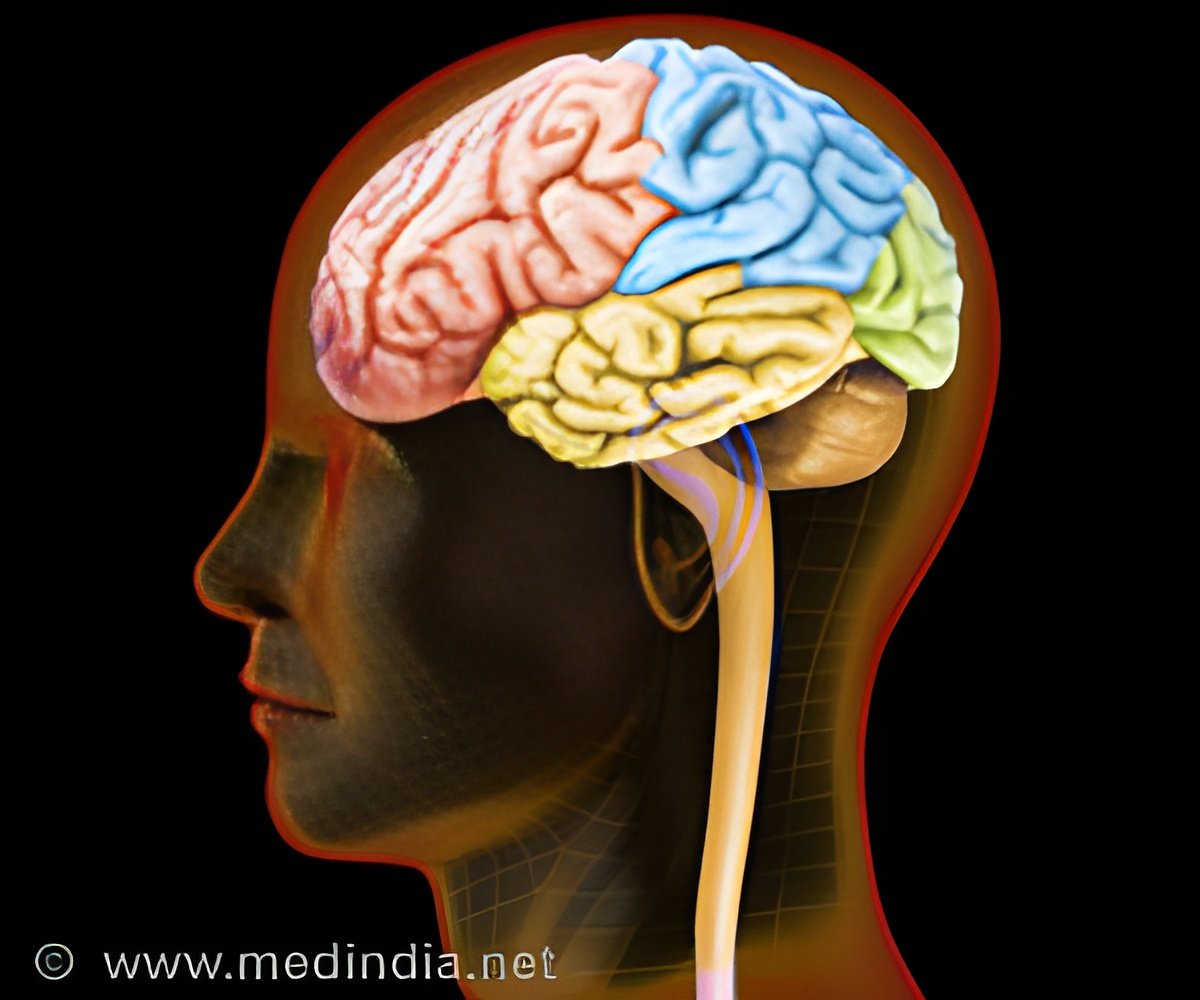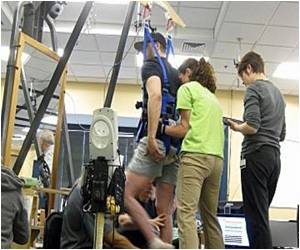
Dr. An Do, one of the lead researchers from University of California-Irvine, said, "Even after years of paralysis, the brain can still generate robust brain waves that can be harnessed to enable basic walking."
The EEG based system takes electrical signals from the participant's brain which then travel down to electrodes placed around his knees to create movement. Dr. Do said, "We showed that you can restore intuitive, brain-controlled walking after a complete spinal cord injury."
Seated and wearing an EEG cap to read his brainwaves, the participant was trained to control an avatar in a virtual reality environment. He was also guven physical training to recondition and strengthen his leg muscles. The study subject later practiced walking while suspended five cm above ground, so that he could freely move his legs without having to support himself.
On his 20th visit, the participant translated these skills to walk on the ground and wore a body-weight support system for aid and to prevent falls. Over the 19-week study period, he gained more control and performed more tests per visit.
Dr. Do said, "This non-invasive system for leg muscle stimulation is a promising method and is an advance of our current brain-controlled systems that use virtual reality or a robotic exoskeleton."
Advertisement
The research was published in the Journal of NeuroEngineering and Rehabilitation.
Advertisement















